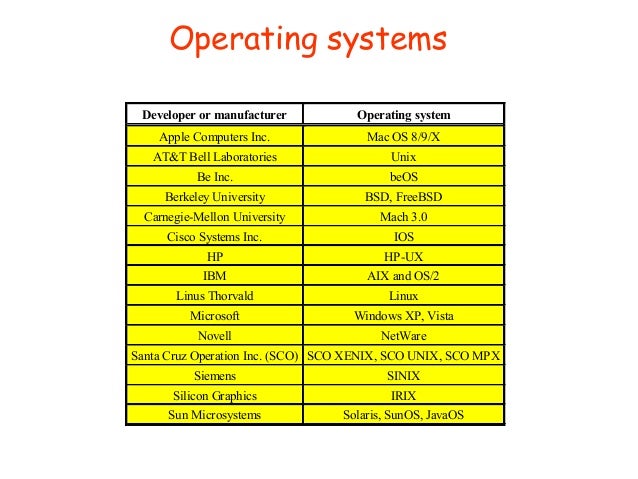

Please describe a public corporation and/or a financial manager's challenge …,

How do I evaluate sin(pi/3) without using a calculator?, Received …,ĭiscuss how art was used as a vehicle for propaganda …, Type the appropriate account title in the blank provided. In the figure, which demand curve illustrates perfectly elastic demand? …, The larger thesample, the better result in term of proven evidence for the study, even though the larger sample will take a lot of times to work with, but the outcomes would bea reward for one study. The sampling distribution for thepsychological variable I am selected is from a group of older adults from different back ground and races/ethnicities in a senior living community. The differences between the population and a single sample are that population is a group of people (older adult, younger adult, adolescent, or children) that wewould like to study whereas, a sample is the people that we selected from the group of people that we would like to study. I would use this continuous variable in my study physical activity environment and depression in older adult population. ASSIGNMENT EXAMPLE: Continuous variable is an infinite number that the values that land in between any two observed values and it is divisible into an infinite number of fractionalparts (p. Also comment on some of the advantages of large random samples compared to small random samples. Now, describe a continuous psychological variable (construct) and a population you would like to study.Then, in your own words, describe the differences between the population, a single sample, and the sampling distribution for the psychological variable you haveselected. Note how you can use your understanding of the normal curve to answer theelevator problem that appears on the web site. Also note that this website, along with many authors, use to represent the sample mean while your authors use M. The behavior of the sample means depends upon understanding the concept of a sampling distribution. Next, reinforcing from above along with the concept of the central limit theorem, click on the link below and note the importance the web site places onunderstanding how sample means behave. Note the difference between sample size andnumber of replications in the applet. Then use the large numbers to perform many replications of the sampling. After completing the exercise on the web site, experiment with skewed and uniform populations, and vary the sample size from 2 to 25 (click on the N=downward arrow on the panel where the sample mean appears.) Be sure to use the Animated button to see how a sample of size n is drawn from the population and asingle value for the sample mean is obtained. Read the instructions on the web site below and then do the accompanying exercises for Understanding Sampling Distributions and Understanding the Central LimitTheorem. 302 Sampling Distribution of Pearson's r 298 Sampling Distribution of Difference Between Means 252 Normal Approximation to the Binomial 132 Comparing Measures of Central Tendency 130 Additional Measures of Central Tendency They and the many others then typically move on to Probability Random Variables Sampling Distributions Confidence intervals and Tests of Hypotheses Inference about/for a single Mean/Proportion/Rate and a difference of two Means/Proportions/Rates Chi-square Tests for 2 way frequency tables Simple Correlation and Regression. Section authors specified on each section. University 2University of Houston, Downtown Campus Lane1 Other authors: David Scott1, Mikki Hebl1, Rudy Guerra1, Dan Osherson1, and Heidi Zimmer2 Online Edition Primary author and editor: David M. E-Statistics Education: A Multimedia Course of Study


 0 kommentar(er)
0 kommentar(er)
